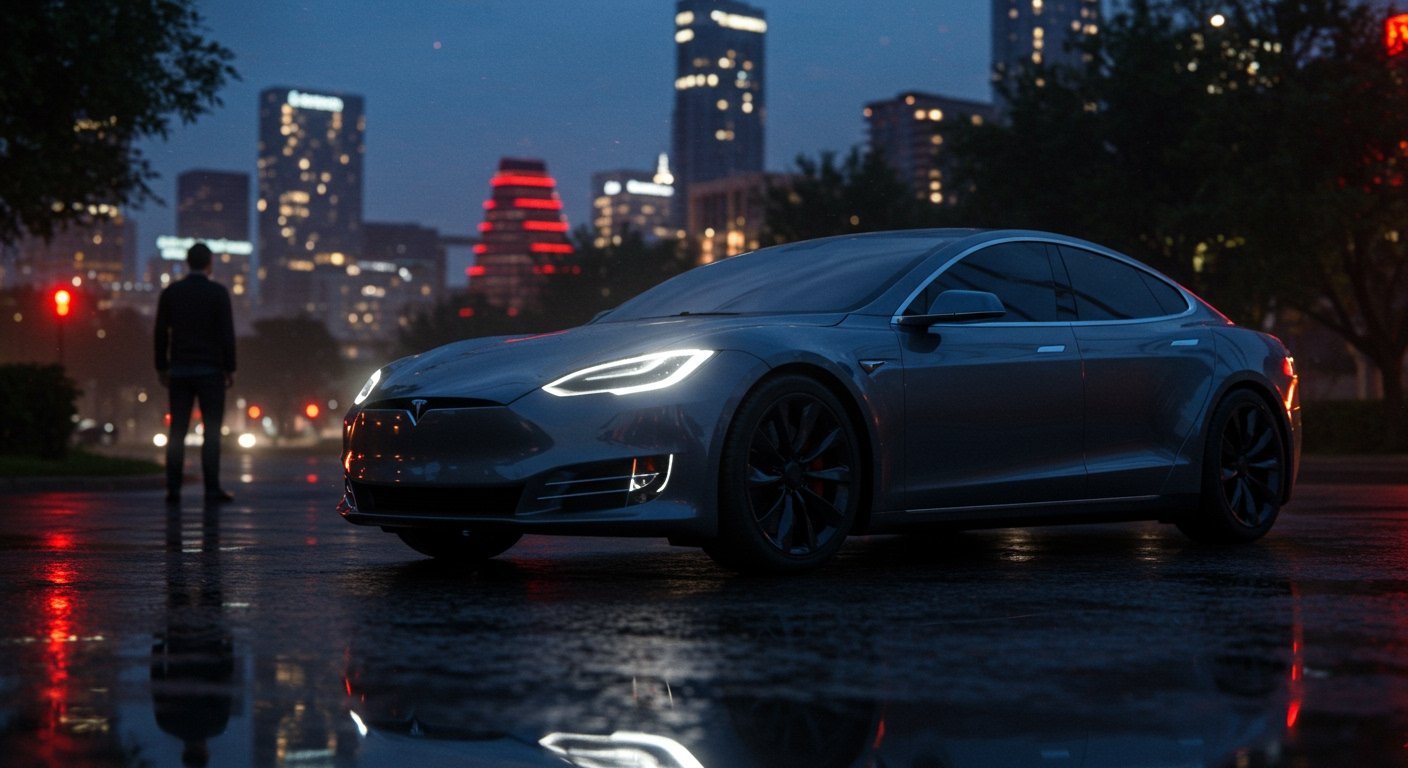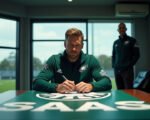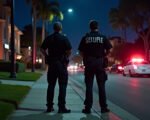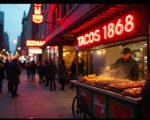Tesla Enters Autonomous Ride-Hailing Arena in Austin
Austin, Texas – Tesla, the electric vehicle and energy company led by Elon Musk, officially commenced its long-anticipated driverless “robotaxi” service in Austin, Texas, beginning Sunday morning, June 22, 2025. This launch marks a significant step for Tesla’s autonomous driving ambitions and comes at a critical juncture for the company, which has faced recent challenges including sales slowdowns and market volatility.
The initial deployment is relatively modest, featuring a small pilot fleet comprising just 10 to 12 vehicles. These autonomous taxis are operating within a strictly limited, geofenced area of the city. Customers utilizing the service are charged a flat fee of $4.20 per ride, positioning the offering as an accessible option for early adopters of self-driving transport.
Safety protocols for this initial phase are stringent. Each vehicle is remotely monitored by a dedicated team, providing real-time oversight of operations. Additionally, a trained safety operator is present in the passenger seat of each vehicle, ready to intervene if necessary, ensuring an added layer of security during the test period.
Technology and Strategic Vision
Tesla states that the robotaxis are powered by an improved version of its Full Self-Driving (FSD) software. This technology has been under continuous development and testing for several years, with the company highlighting its evolution towards full autonomy.
Elon Musk has articulated an ambitious vision for scaling this service rapidly. Beyond the dedicated pilot fleet, he intends to leverage Tesla’s existing customer base. The plan involves enabling millions of current Tesla owners to convert their personal vehicles into driverless cabs through a future software update. Musk has described this strategy as an “Airbnb model for cars,” aiming to create a decentralized, large-scale autonomous ride-hailing network without the need for Tesla to build and maintain a massive corporate fleet from scratch.
This strategic pivot towards robotaxis is seen by analysts as a potential way for Tesla to unlock new revenue streams and provide a much-needed “lift” to the company’s valuation and public perception, particularly following periods of intense scrutiny and market pressure.
Navigating a Competitive Landscape
Tesla’s entry into the autonomous ride-hailing market places it in direct competition with established players, most notably Waymo, the self-driving technology company under Alphabet Inc. Waymo has been actively deploying its driverless taxi service in several major US cities, including Los Angeles, San Diego, and Austin itself. Just recently, Waymo announced a significant milestone, having completed its 10 millionth paid ride across its operational areas, underscoring the rapid maturation of rival services.
The presence of Waymo and other autonomous vehicle developers in Austin means Tesla is entering an already contested market. Success will depend not only on the reliability and safety of its technology but also on its ability to scale the service efficiently and compete on factors such as availability, user experience, and pricing.
Investor Sentiment and Market Dynamics
The launch occurs against a backdrop of heightened investor sensitivity regarding Tesla’s trajectory and Elon Musk’s public activities. The article referencing this launch noted a prior instance where Tesla’s stock experienced a significant decline of $150 billion in value, an event linked, in part, to political conflicts involving Musk. While the stock has seen a partial recovery since that time, market observers remain keenly attuned to corporate developments and leadership actions.
The success of the robotaxi initiative is therefore not just a technological challenge but also a crucial test of Tesla’s business model diversification and its ability to deliver on long-standing promises regarding autonomous driving. A successful expansion of the robotaxi service could significantly alter investor perceptions and contribute positively to the company’s future growth prospects.
Looking Ahead
The pilot in Austin represents the foundational stage of Tesla’s robotaxi strategy. Expanding from a small, geofenced area to widespread urban deployment, and eventually integrating millions of customer-owned vehicles, presents considerable regulatory, technological, and logistical hurdles. The performance of the initial fleet, the effectiveness of the improved Full Self-Driving software in real-world commercial operation, and the regulatory environment for autonomous vehicles will all play critical roles in determining the future success of this ambitious venture.
As the service progresses, its impact on urban transportation, the ride-hailing industry, and Tesla’s position within the automotive and technology sectors will be closely watched.



















